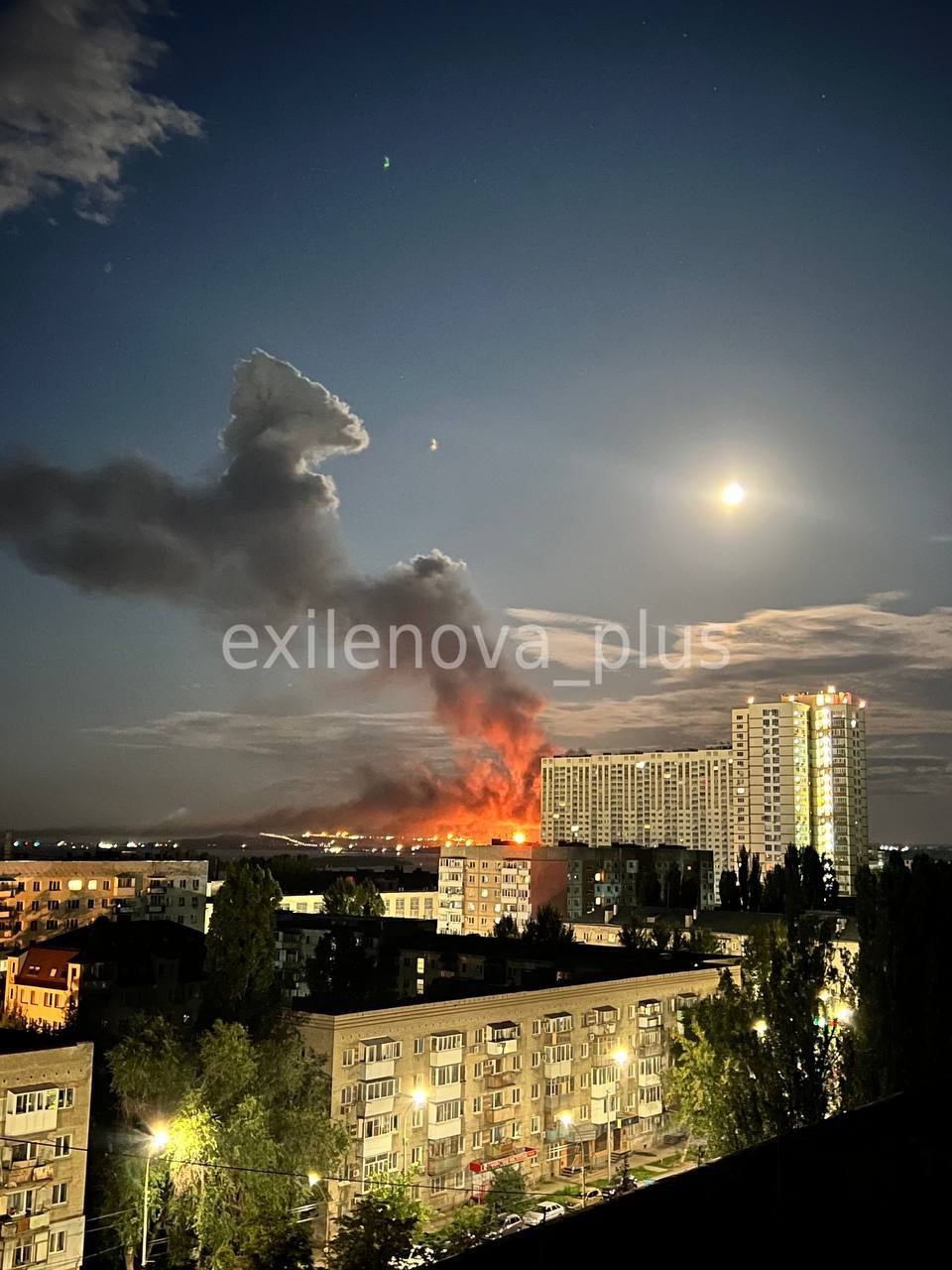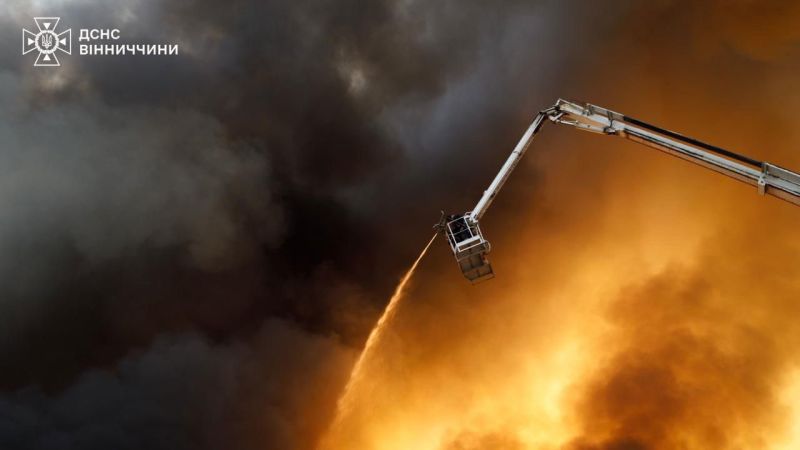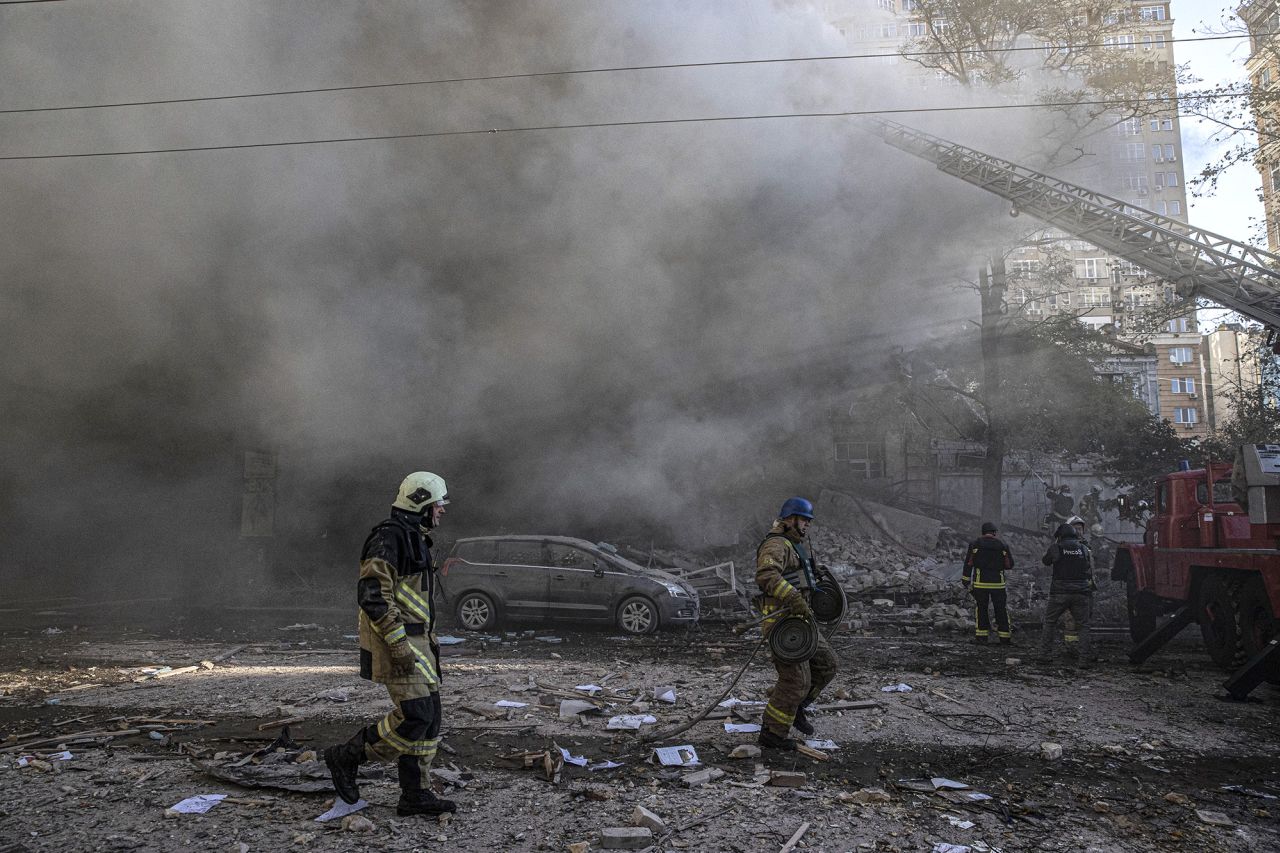Drones as Weapons: A Major Concern for Critical Infrastructure

Introduction
On August 10, 2021, an oil refinery in Saratov, Russia was attacked by drones, resulting in a large fire and explosions. The incident, which was reported by local sources, has raised concerns about the security of critical infrastructure and the use of drones as weapons.
Details of the Attack
The drones targeted the Saratov oil refinery, a major supplier of oil in the region. According to eyewitnesses, the drones were laden with explosive devices and were able to bypass security measures to cause significant damage. The attack has been labeled as a terrorist act, highlighting the potential danger of drones as tools for malicious activities.
Wider Implications
The incident in Saratov is not an isolated one. Similar attacks have occurred in other parts of the world, including the Middle East and Ukraine. As the use of drones continues to increase, it is imperative for governments and organizations to prioritize the development of effective countermeasures to protect critical infrastructure and prevent potential disasters.
About the Organizations Mentioned
Saratov oil refinery
## Overview and Role The Saratov Oil Refinery is one of Russia’s oldest and most significant oil-processing facilities, currently operating under the state-owned energy giant Rosneft[1][5][6]. Located in the Saratov region, the refinery plays a crucial role in supplying fuel not only for domestic consumption but also for the Russian armed forces, making it a strategic asset for both the national economy and military logistics[2][3]. As of 2023, the plant processes approximately 4.8 million tons of crude oil annually, though it has previously handled higher volumes—up to 7.2 million tons per year in 2020[1][2][5]. This capacity positions the refinery as a key node in Russia’s energy infrastructure, supporting both civilian and military demand. ## Historical Background Originally known as the “Cracking” or “Kreking” plant—a reference to the oil refining process—the facility has a long industrial heritage, dating back to the early days of Russia’s oil industry[1][5][6]. Over the decades, it has undergone modernization and integration into larger corporate structures, culminating in its current affiliation with Rosneft. The refinery’s historical significance is underscored by its continuous operation through periods of national transformation, including the Soviet era and the post-1991 economic transition. ## Key Achievements and Current Status The Saratov refinery has been recognized for its substantial processing capacity and its role in regional energy security. Despite a recent decline in throughput—likely due to aging infrastructure, maintenance needs, and broader market dynamics—it remains a vital contributor to Russia’s hydrocarbon sector[1][2][5]. The facility’s integration into Rosneft’s portfolio has provided access to advanced technologies and investment, though challenges such as equipment modernization and efficiency remain. In recent months, the refinery has also become a focal point in the ongoing conflict between Russia and Ukraine. Ukrainian forces have targeted




